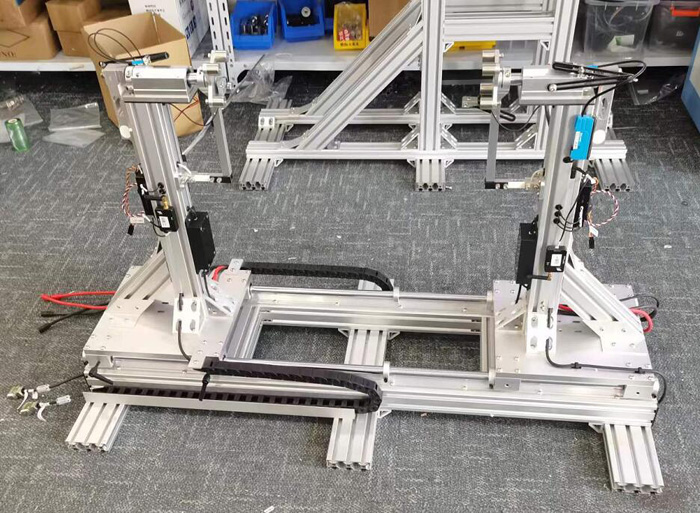May. 24, 2022
You may think of drones as modern technology, but the concept has been around for nearly 175 years. in 1849, Austria launched about 200 unmanned balloons carrying explosives to attack Venice. (Not very successful - the wind blew them off course and only one bomb hit its target.)
This marked the beginning of the use of unmanned aerial vehicles (UAVs) for military purposes. They did not function beyond that until 2006, when the Federal Aviation Administration issued the first commercial UAV license. Since then, the use of drones has skyrocketed - pun intended - and not just by hobbyists.

Thrust Stand
The construction industry isn't lagging behind when it comes to drones. Contractors are using them for site surveys, inventory analysis, material measurements, inspections, customer reports and more. Why? Drones make it easy to quickly collect large amounts of real-time data on site progress - providing information that can be used to get the job done faster, with higher quality and at a lower cost.
All of this offers a huge financial return, but there is another benefit that can make the investment in this technology immeasurable: safety. Using drones, you can.
● Respond to attempted incidents. Instead of guessing what happened, you can send a drone to capture footage of a specific task or location and then analyze it to make changes - much like an athlete reviewing game footage after a loss.
● Remove people from unsafe situations. Drones can handle many tasks that are risky for humans, such as climbing a pile to measure inventory or manually setting up survey stakes. In many cases, they can also get the job done faster and more accurately.
● A bird's eye view of the job site. When you can see where people are in relation to machines and other hazards, it's easier to identify blind spots and potential risks before an incident occurs.
● React to site changes. What may be a safe situation on day one may not be so risk-free on day 99. Drones can easily take a snapshot of progress over time and incorporate any changes into your safety plan.
Life doesn't cost anything - avoiding an accident or injury makes the investment in a drone well worth it. But what can you expect in terms of price?
You're getting a high-quality, easy-to-use drone with a 4K camera that takes HD photos and video, as well as sensors that help prevent collisions with trees or other obstacles. Cloud-based analytics software runs about $100-$300 per month. Another option is to hire a "drone-as-a-service" provider, which owns the equipment and provides the pilot, then collects and analyzes the data for you.
For more practical advice on how to make drones work for your business - and the many benefits beyond field safety - please feel free to contact us.
1. Thrust meter stand
3. Thrust test stand
4. Engine test bench
5. Drone powertrain test stand/bed
7. Thrust stand
8. Drone motor test bench.
6. Motor test stand
7. Thrust test bench
8. Testing coaxial motors
9. Test UAV/drone propulsion system
10. Thrust Stand and Dynamometer
11. Propeller Test Kit
12. Motor Test kit
E-mail: sandy@wing-flying.com
Add.: 7th Floor, B2#,Animation Building, Sino-Singapore Tianjin Eco-City